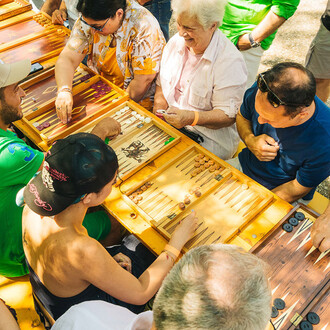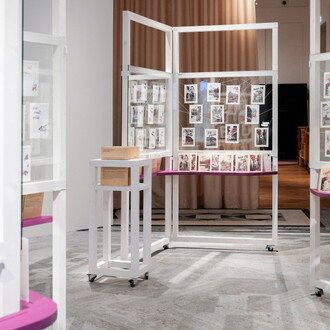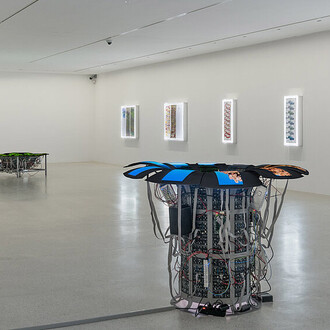In autumn and winter 2024, the Bank Austria Kunstforum Wien will present a major retrospective of Paul Gauguin's work - the first in Austria since 1960.
The exhibition follows Gauguin from his beginnings as a post-impressionist to his pioneering role as one of the fathers of modernism and encompasses all facets of his oeuvre: painting, graphic art and sculpture.
Gauguin, who grew up in Paris in the 1870s as a successful banker, only decided in favour of fine art late in life. His first joint exhibitions with the Impressionists launched a career full of obstacles and rejections. His artistic intentions, focussed on questioning tradition and outdated viewing habits, aimed at developing a new formal language that paved the way for modernism - Abstraction, Fauvism and Expressionism. From the reduction to the surface, from the re-evaluation of colour in terms of form and content and the concentration of the pictorial language on the essentials, Gauguin developed a pictorial concept that also led to the definition of the picture well into the 20th century - and which inspired artists not only of his generation in many ways.
Closely linked to a longing for the new and distant, both in his visual language and his way of life, he was hostile and misunderstood throughout his life. Today, under the aspects of post-colonialist discourse and debates on sexism and abuse, we scrutinise the figure and attitude of an artist whose formally aesthetic, new and exciting work continues to inspire us.
The exhibition features over 80 works on loan from major international museums and important private collections.
















